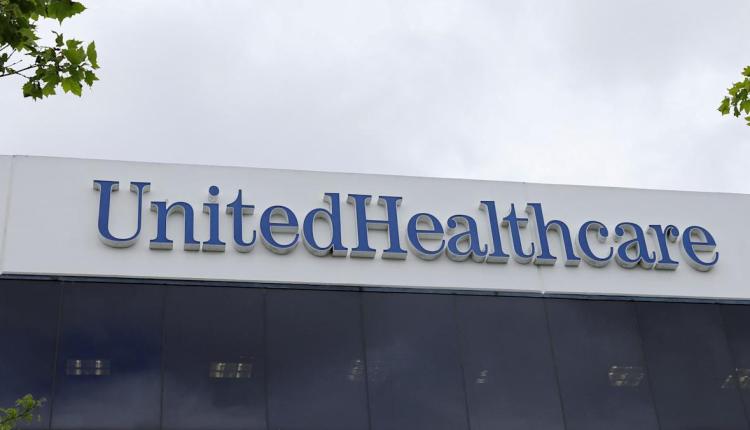
Discussing United Health Group’s Q3 Performance and Future Outlook: Interview
TL/DR –
United Health Group topped third quarter expectations and raised its annual profit forecast; however, its stock saw little change due to anticipated positive news. Its medical loss ratio (MLR) figure, the percentage of premium payouts used to pay for care, came in at 89.9%, lower than expected after several years of missed MLR targets. While the company anticipates improvement by 2026, Healthcare Equity strategist Jared Holtz suggests it’s too soon to identify this as a trend, noting it could still take time for things to improve significantly.
United Health Group: Q3 Earnings and Future Predictions
United Health Group surpassed Q3 expectations and revised its annual profit forecast in an attempt to continue its revival under its new CEO. However, shares saw a slight fluctuation. Jared Holtz, Mizuho America’s Healthcare Equity strategist, offered his analysis on these developments.
Holtz suggested the performance was quite strong, but given the anticipation for a positive announcement from the company, the stock market reaction was relatively muted. He noted a modest guidance raise following robust Q3 numbers, which exceeded initial expectations.
Another noteworthy aspect is the medical loss ratio (MLR) for United Health. This ratio, unfamiliar to those outside the health insurance industry, represents the fraction of premiums used to pay for care. Some other health insurers have reported alarming figures, but how has United Health performed?
Holtz clarified that United Health has missed its MLR target multiple times over the last few years, affecting the stock performance significantly. Nevertheless, he pointed out the recent MLR figure of 89.9% was slightly better than expectations, with the street and Mizuho both predicting a number above 90%.
Looking ahead, United Health anticipates some improvements by 2026. Holtz suggests this is contingent on the population the company chooses to cover, referring to a press release revealing a reduction in Medicare advantage lives. He also probes the effects of Medicare advantage rates, which have not been strong enough to counterbalance the highest procedure volume or utilization environment seen in a decade.
Therefore, it is uncertain if a revival trend has been established among United Health and its competitors, such as Molina, Centene, CVS, and Elevance. Holtz predicts it may take substantial time for conditions to improve significantly.
—
Read More Health & Wellness News ; US News
